- Home
- Destinations
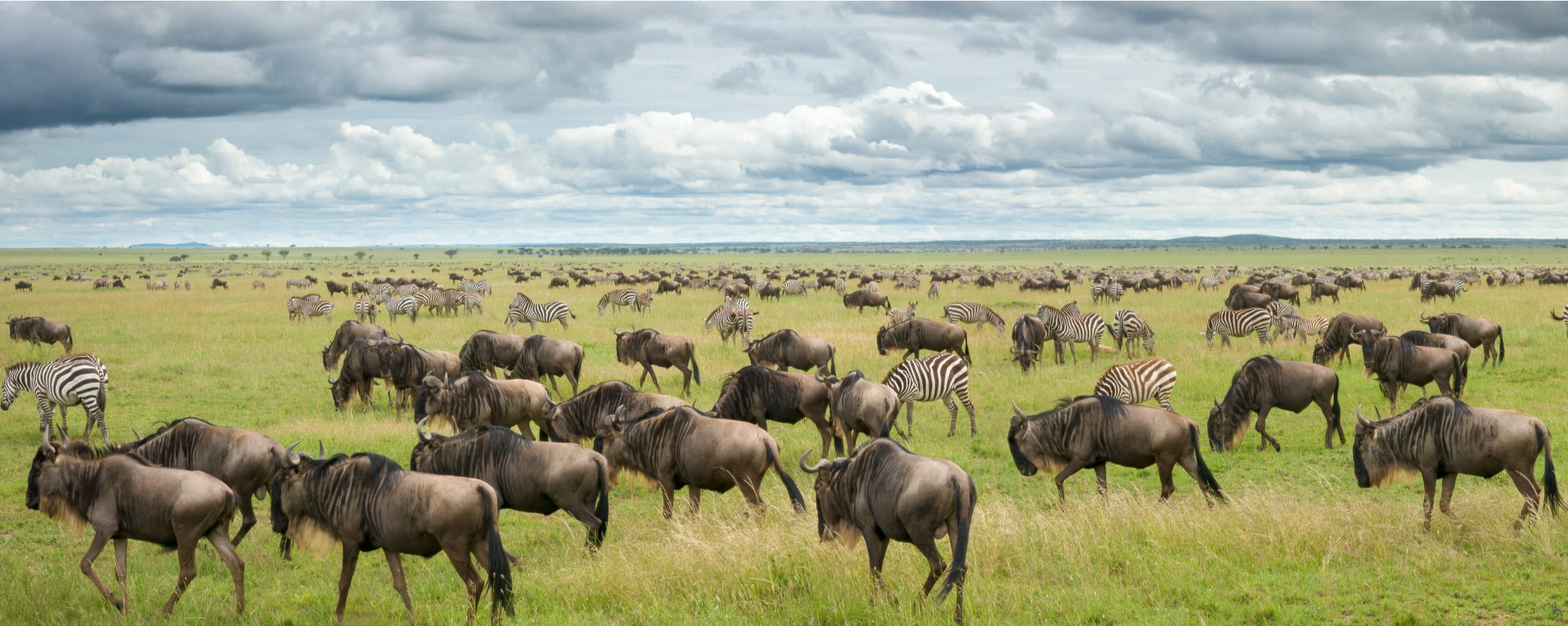
Serengeti National Park
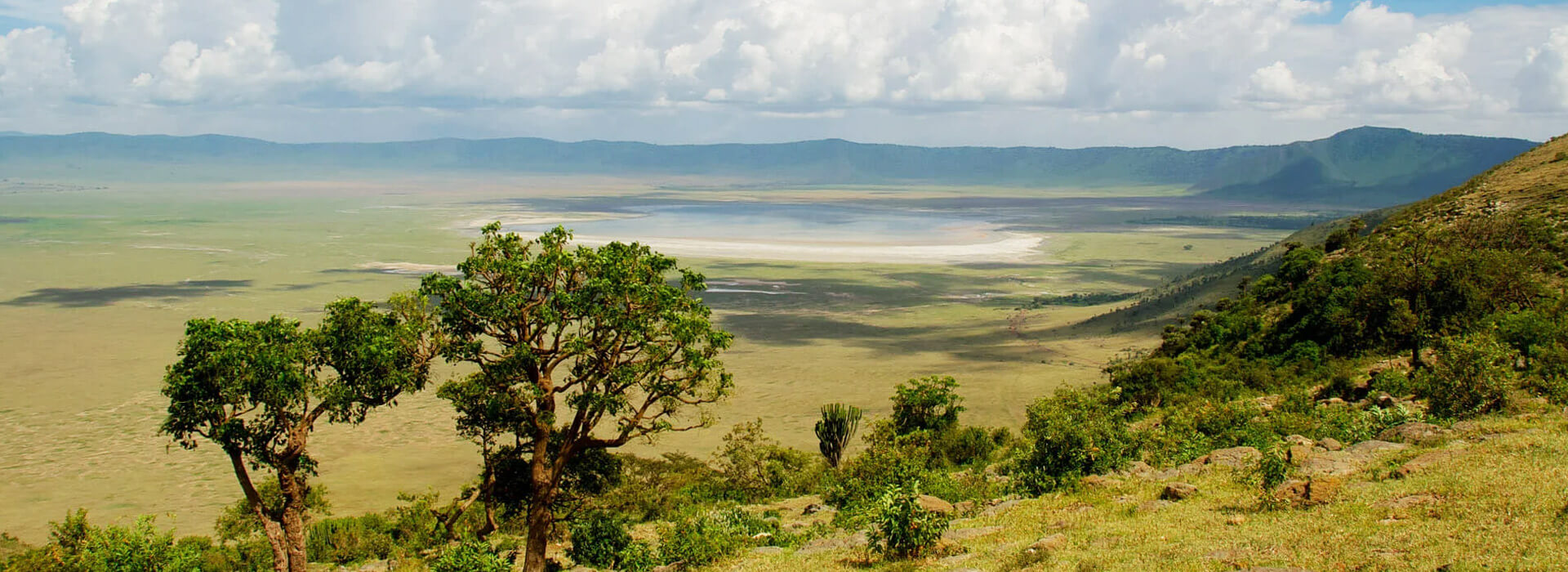
Ngorongoro Crater
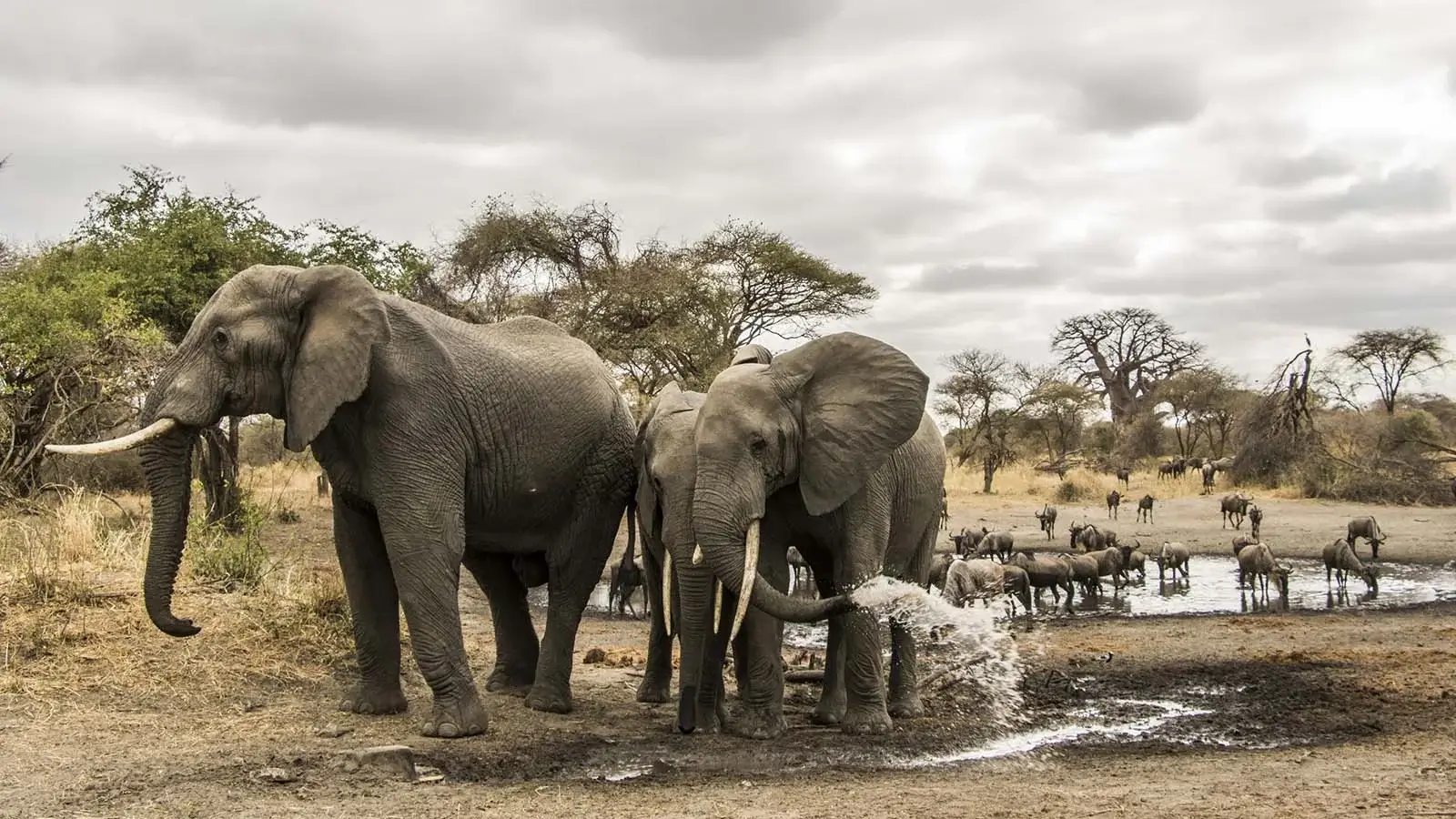
Tarangire National Park
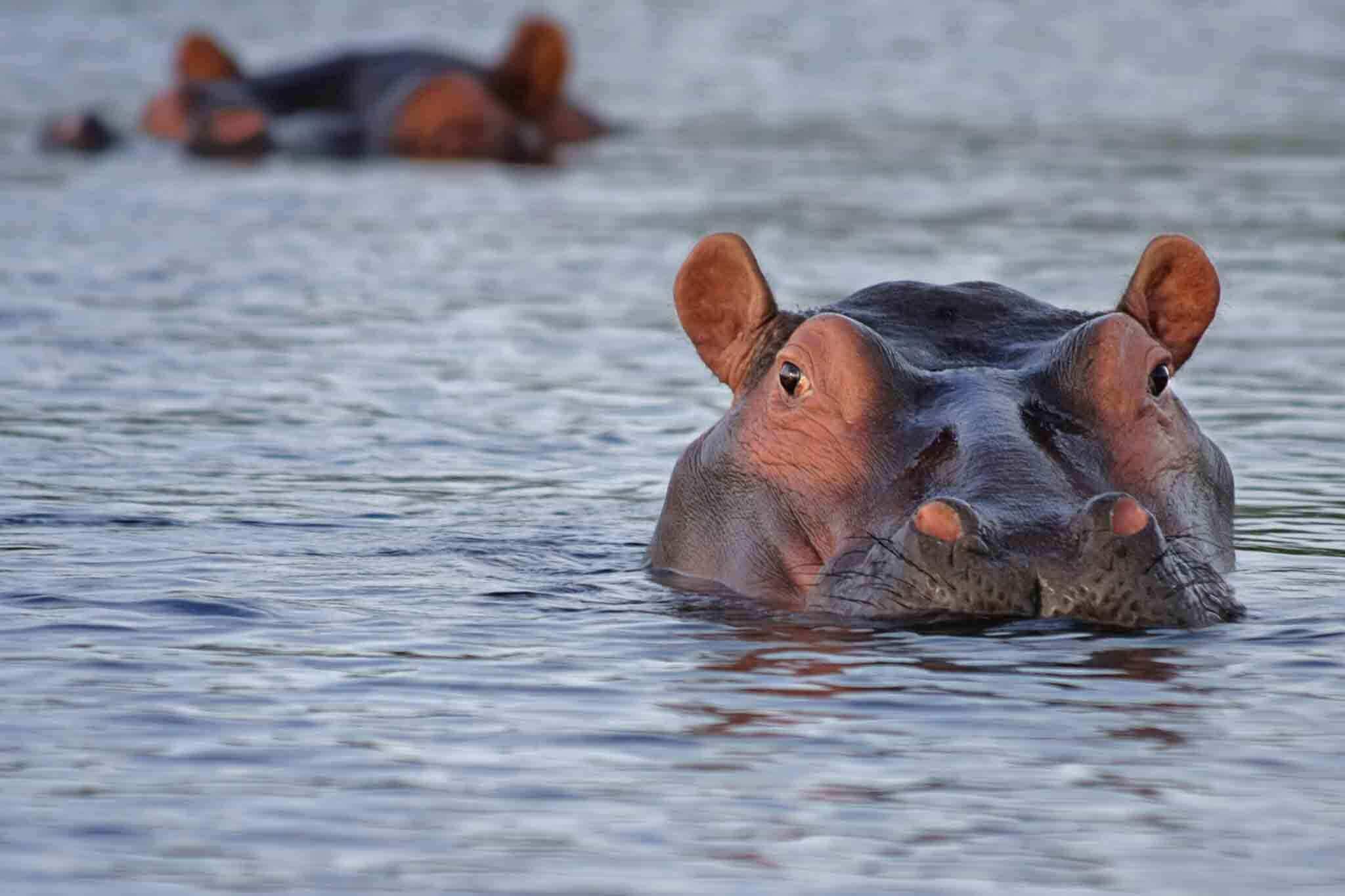
Lake Manyara National Park
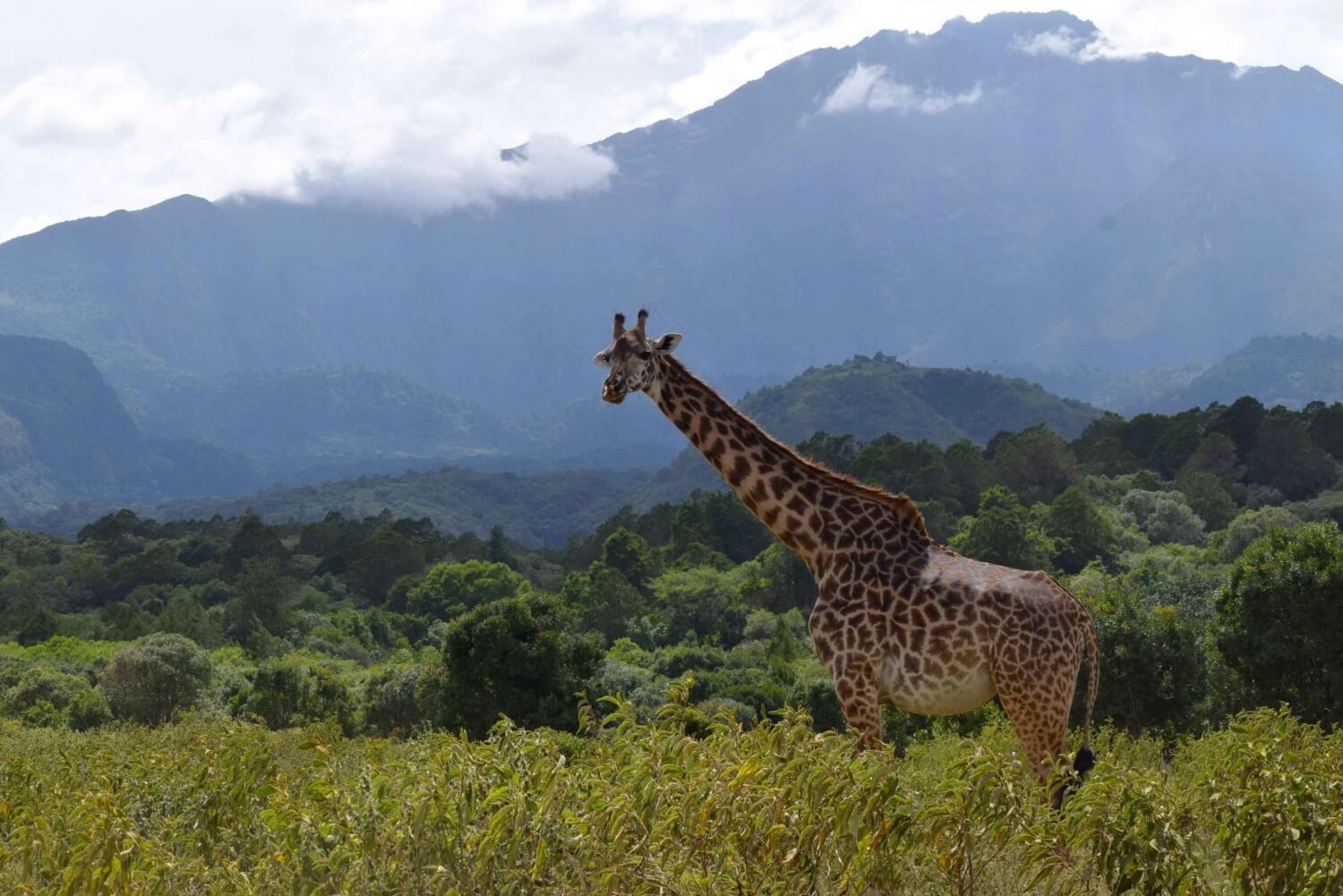
Arusha National Park

Zanzibar Island
- Safaris

3 Days Serengeti and Lake Manyara

5 Days Wildlife Tanzania Safari
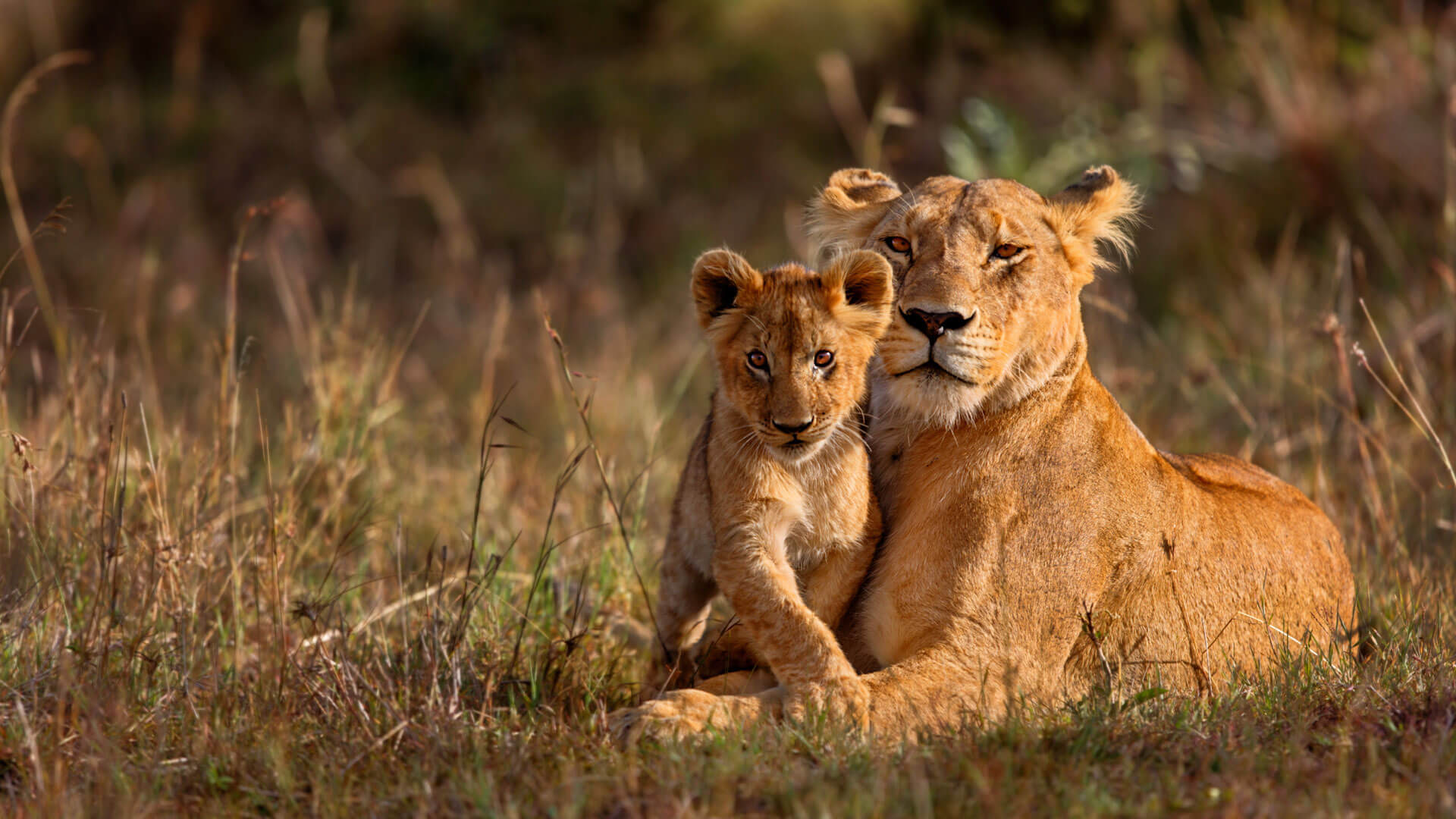
6 Days Tanzania
Safaris
12 Days Tanzania Safaris & Migration
- Trekking

Mountain Kilimanjaro
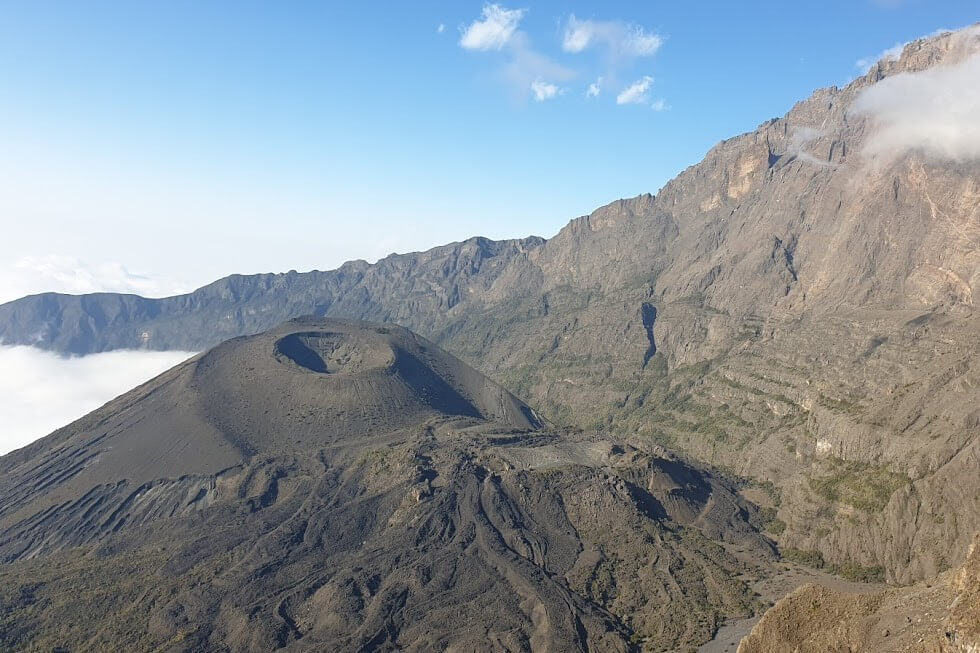
Mount Meru
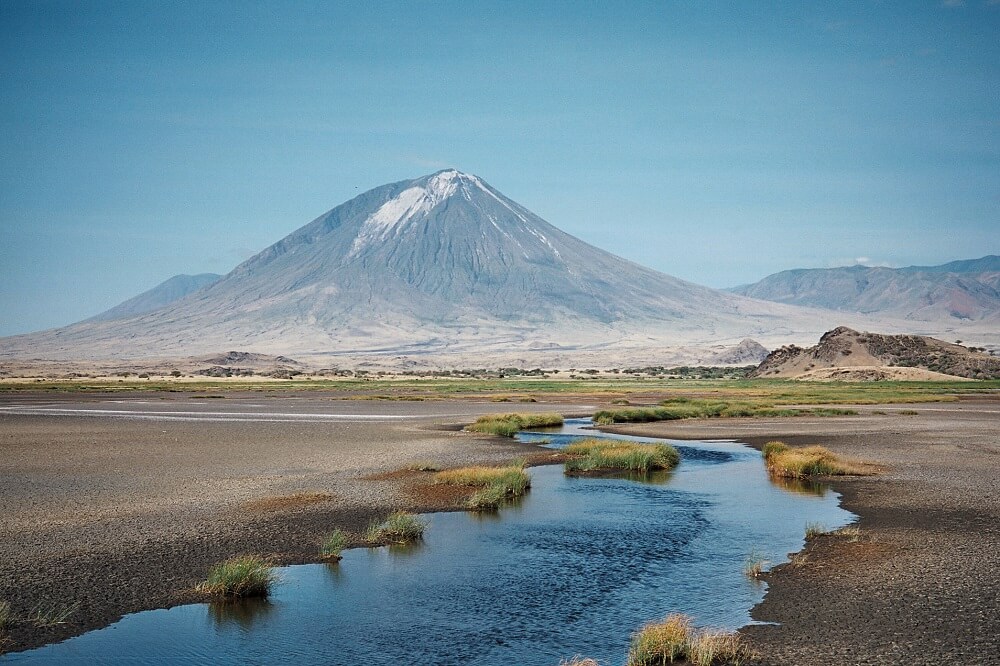
Oldonyo Lengai

Udzungwa Mountain
- Cultural Tours
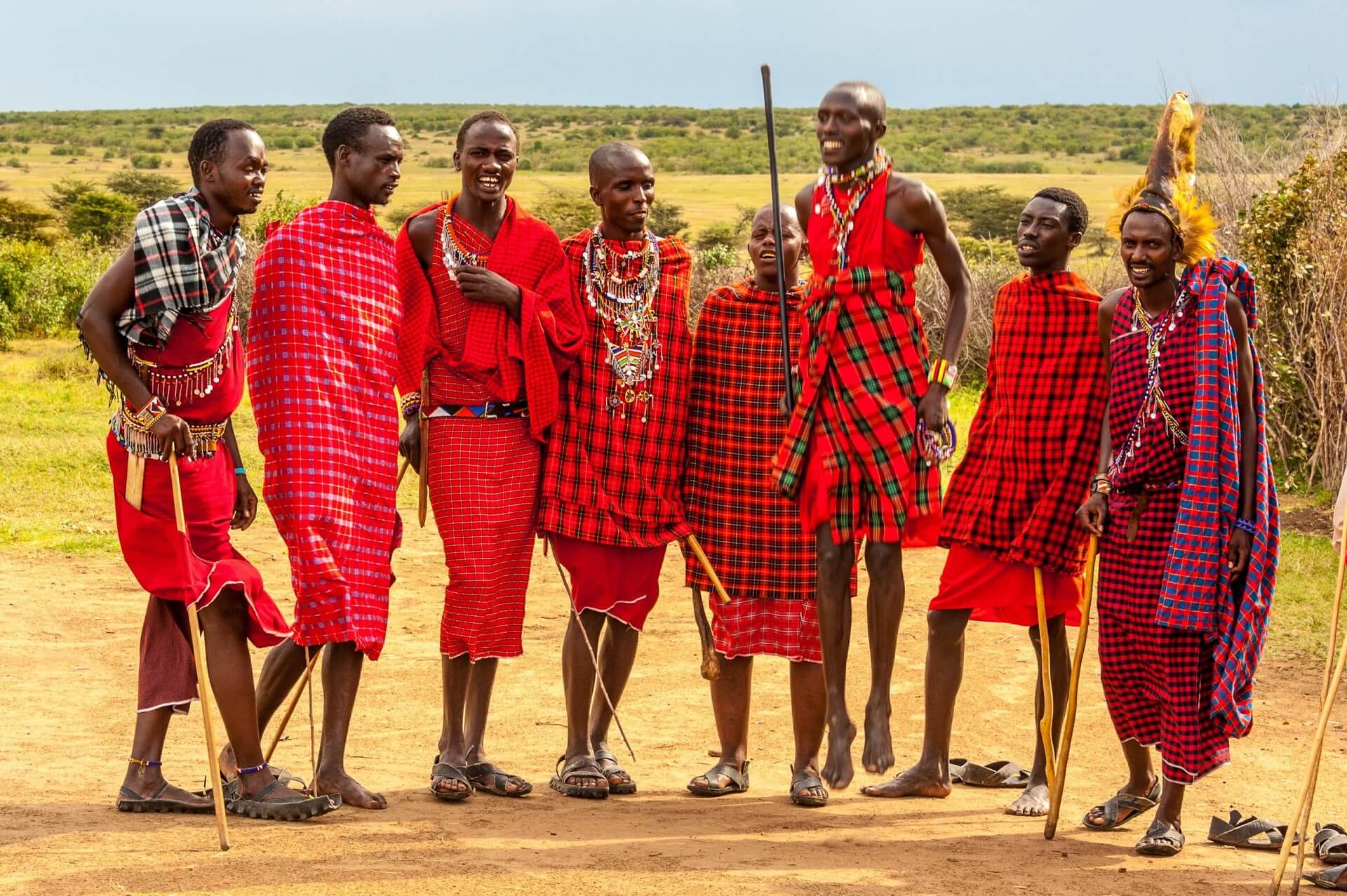
Maasai Tribe
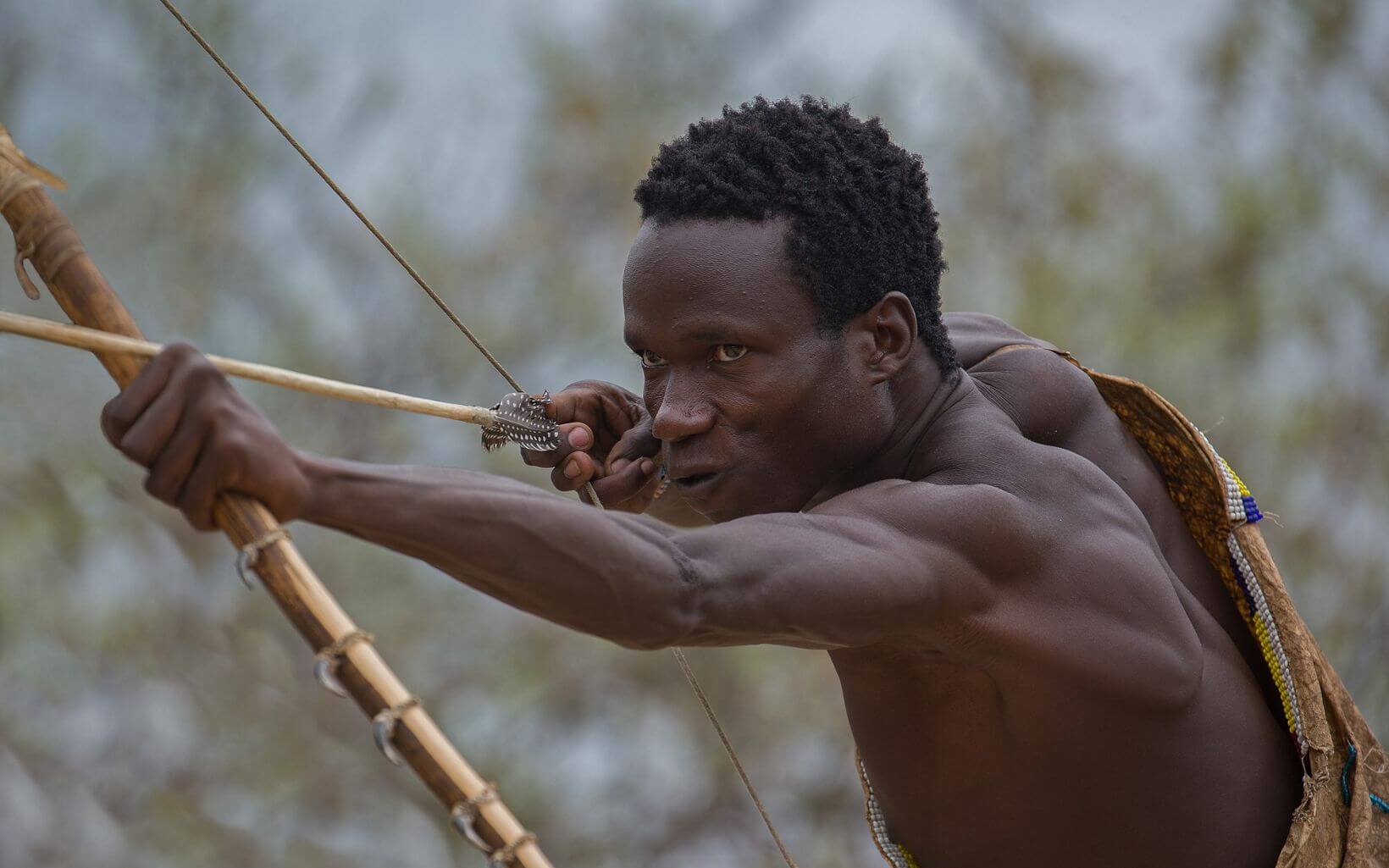
Hadzabe Tribe
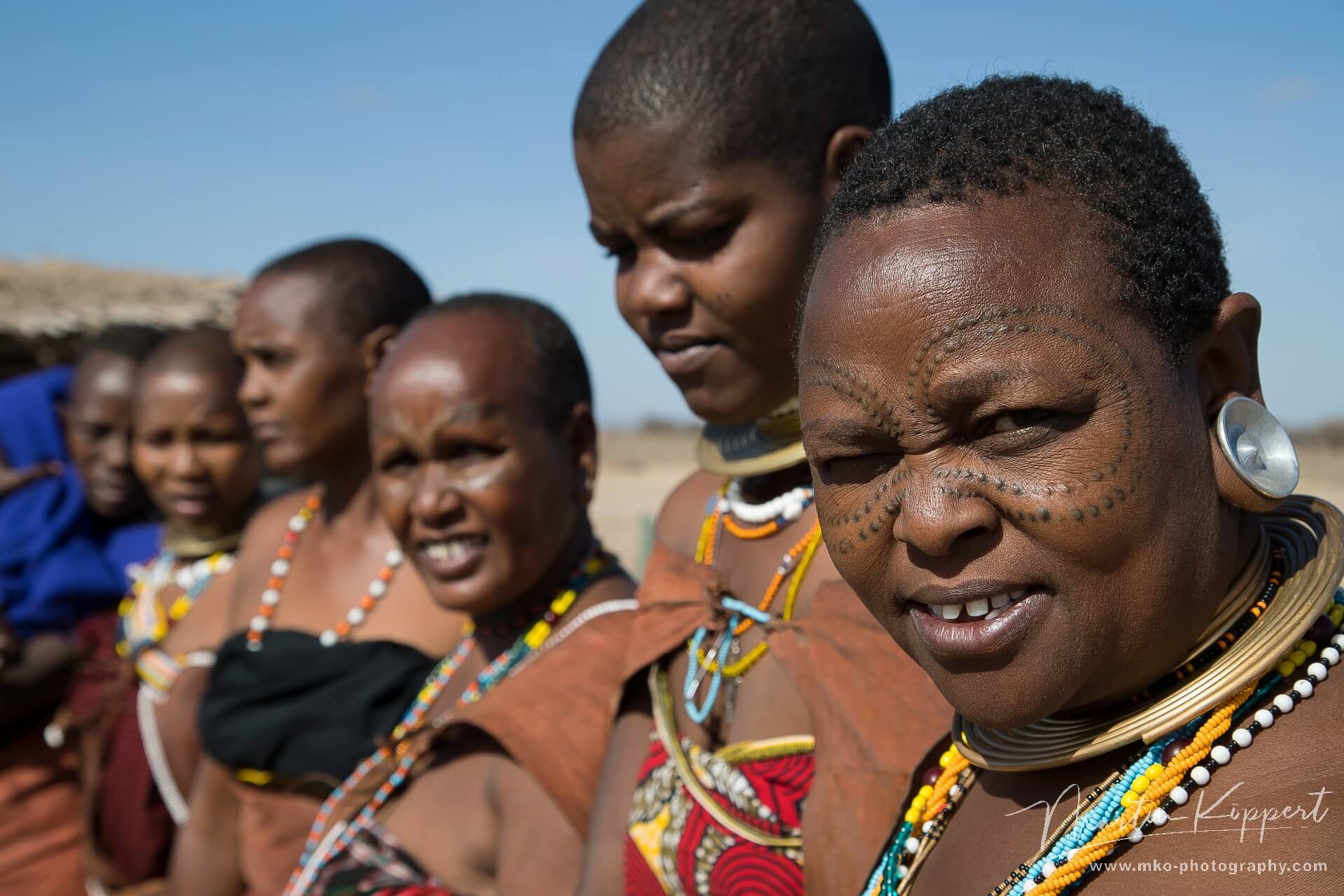
Datoga Tribe
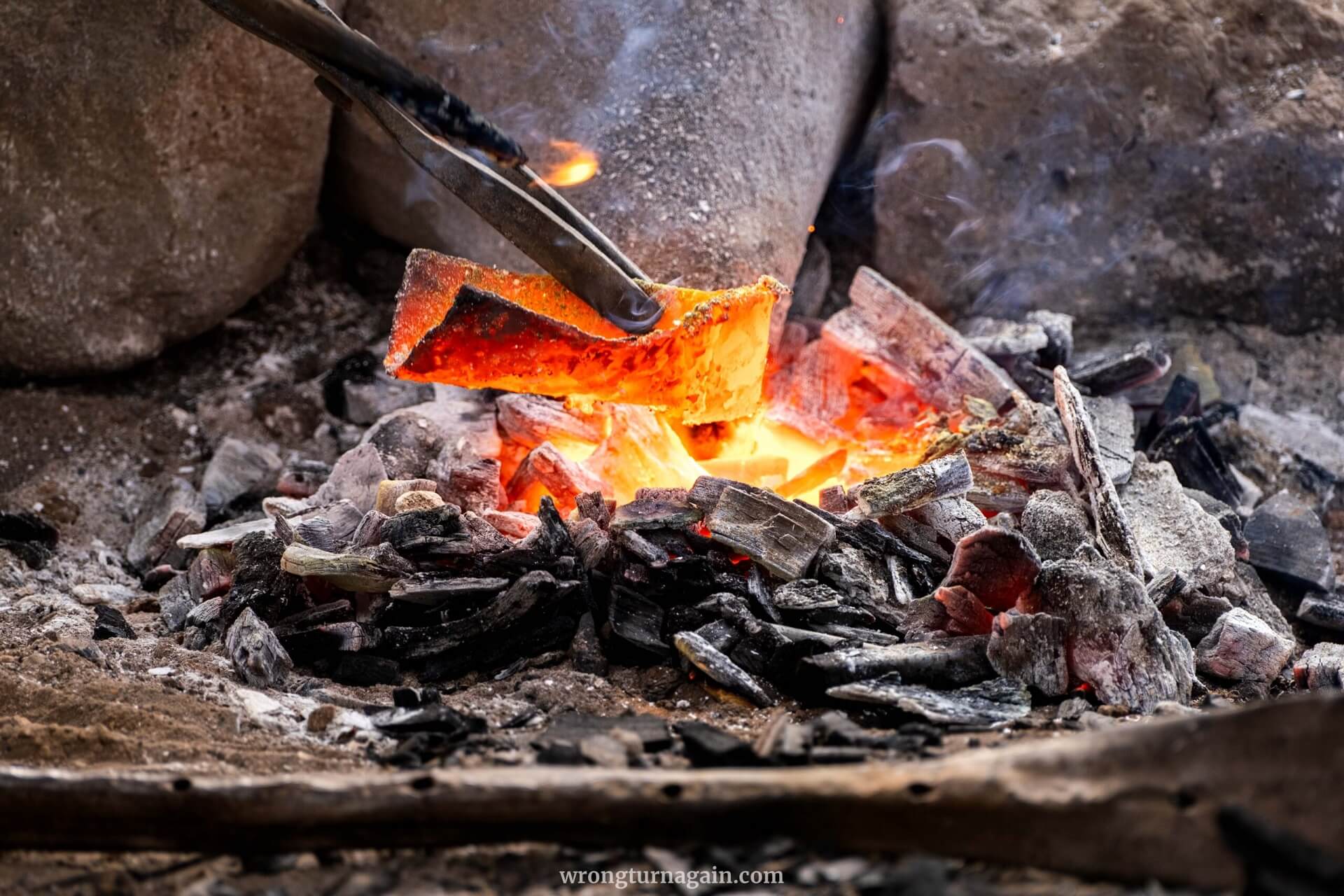
Blacksmith
- Activities
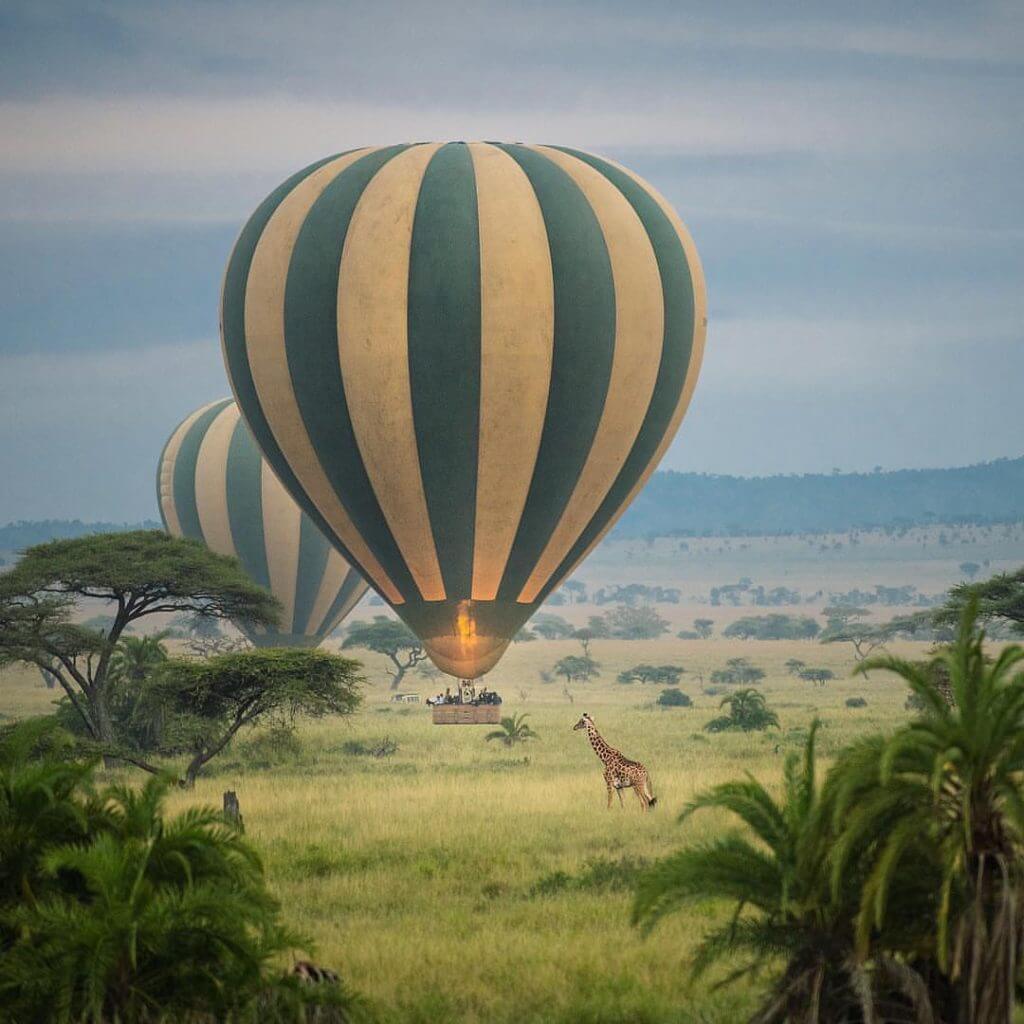
Balloon Safari

Walking Safari
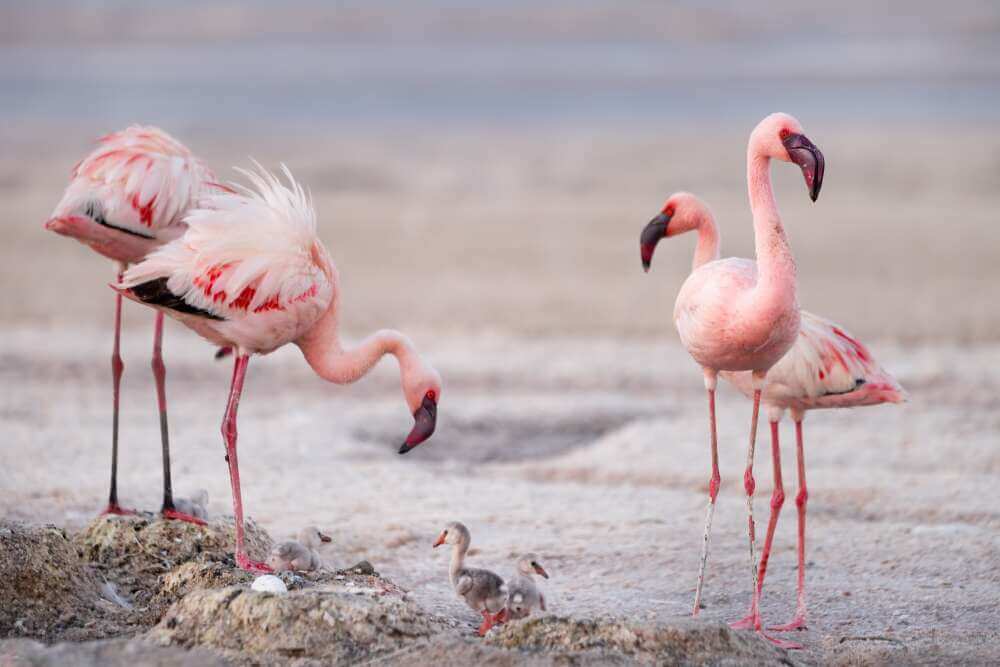
Bird Watching

Wildebeest Migration
- Filming
- Philanthropy
- Home
- Destinations

Serengeti National Park

Ngorongoro Crater

Tarangire National Park

Lake Manyara National Park

Arusha National Park

Zanzibar Island
- Safaris

3 Days Serengeti and Lake Manyara

5 Days Wildlife Tanzania Safari

6 Days Tanzania
Safaris
12 Days Tanzania Safaris & Migration
- Trekking

Mountain Kilimanjaro

Mount Meru

Oldonyo Lengai

Udzungwa Mountain
- Cultural Tours

Maasai Tribe

Hadzabe Tribe

Datoga Tribe

Blacksmith
- Activities

Balloon Safari

Walking Safari

Bird Watching

Wildebeest Migration
- Filming
- Philanthropy
Datoga Tribe
Introduction
Linguistic evidence suggests that the eastern Middle Nile Basin, specifically south of the Abbai River and southeast of present-day Khartoum, served as the cradle of Nilotic languages. Beginning in the second millennium B.C., Nilotic-speaking communities began migrating southward into what is now South Sudan, where many established themselves. By 1000 B.C., groups now referred to as the Southern Nilotes had expanded further, reaching northeastern Uganda.
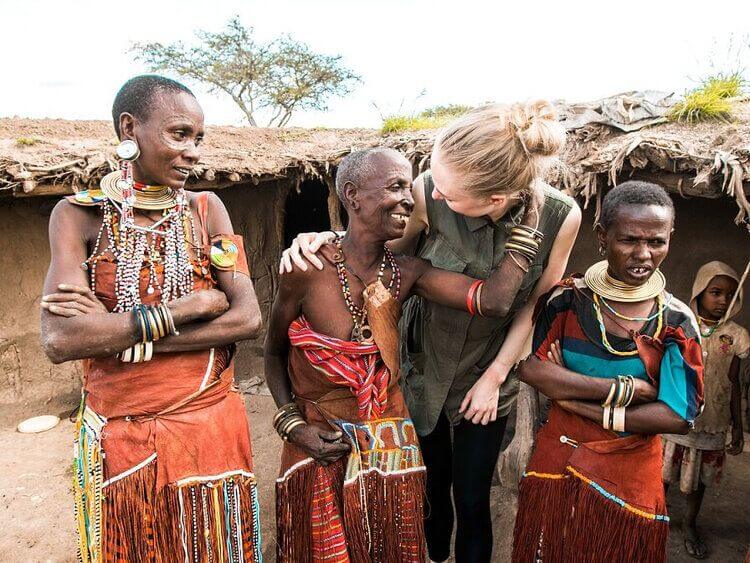
Cultural Exchange and Influences
Christopher Ehret proposes that between 1000 and 700 B.C., the Southern Nilotic-speaking communities, who practiced pastoralism and possibly cultivated sorghum and finger millet, lived adjacent to Eastern Cushitic-speaking communities. This region, near the modern borders of Sudan, Uganda, Kenya, and Ethiopia, was a significant cultural crossroads. Ehret suggests that this period of cultural exchange, marked by the adoption of practices such as circumcision and age-set organization, is reflected in shared vocabulary and cultural elements.
Formation of Proto-Kalenjin and Proto-Datooga
Further, Ehret indicates that around the fifth and sixth centuries B.C., Southern Nilotic speakers split into two primary groups: the proto-Kalenjin and the proto-Datooga. The proto-Kalenjin developed among those residing north of the Mau range, while the proto-Datooga emerged among groups that moved into the Mara and Loita plains south of the western highlands.
Dialect Diversity and Regional Influence
The dialects of the Datooga language can be highly divergent, making mutual comprehension challenging. However, Barabayiiga and Gisamjanga are relatively close. The Datooga have had significant interactions with neighboring ethnic groups since at least the 19th century, and their leader, Saigilo, is well-known throughout the region.
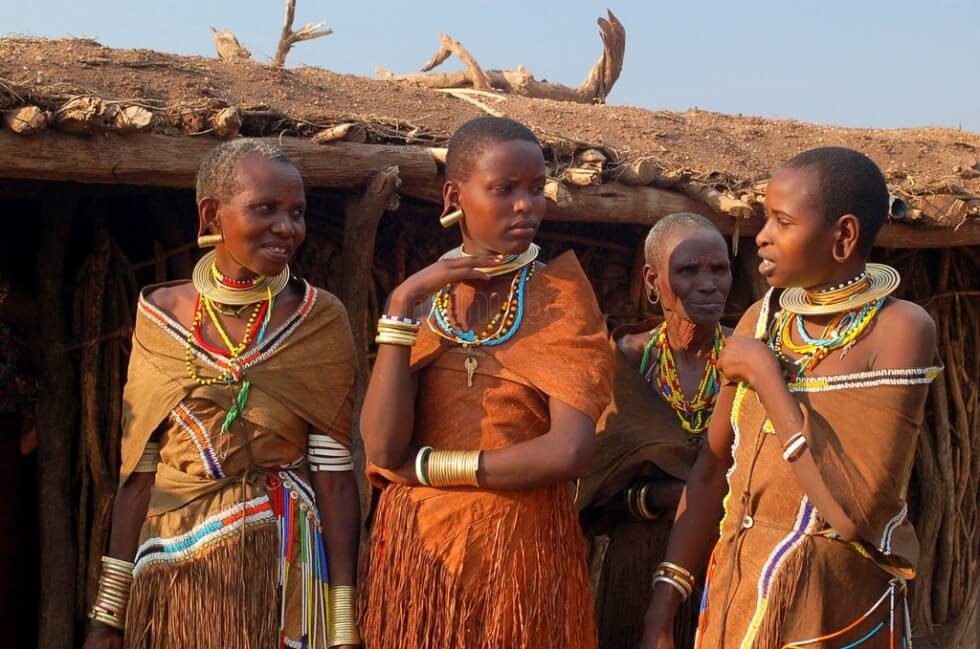
Sub-Tribes of the Datooga
The Datooga, also known as the Taturia, are subdivided into at least seven sub-tribes:
- Bajuta
- Gisamjanga (also known as Kisamajeng or Gisamjang)
- Barabayiiga (alternatively Barabaig, Barabayga, Barabaik, or Barbaig)
- Asimjeeg (also Tsimajeega or Isimijeega)
- Rootigaanga (alternatively Rotigenga or Rotigeenga)
- Buraadiiga (also Buradiga or Bureadiga)
- Bianjiida (alternatively Biyanjiida or Utatu)
Get to know
African Remotes Explorer is a specialist tour operator based on Arusha – Tanzania in a rural remote area. company is entirely owned and operated by local indigenous Tanzanian.




